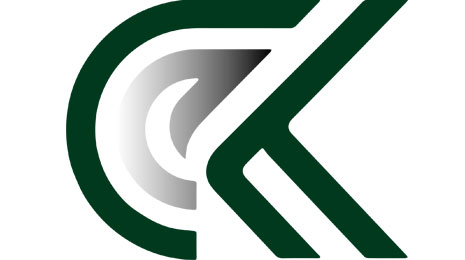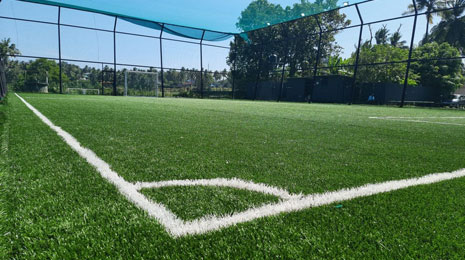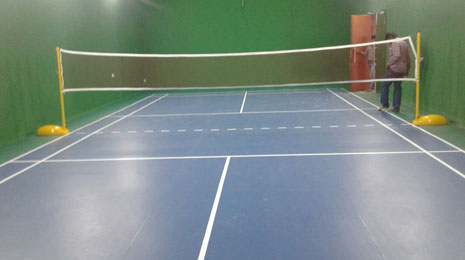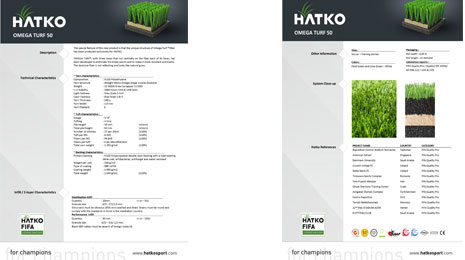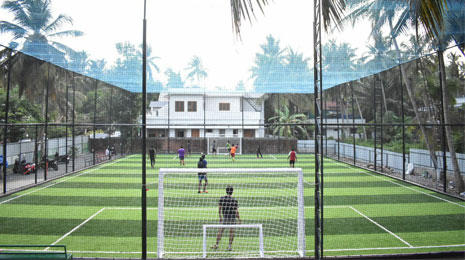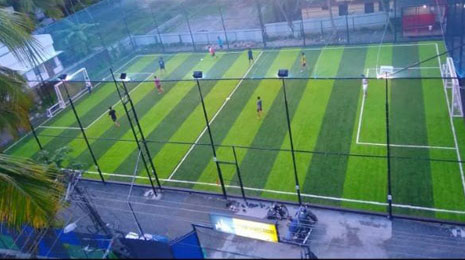CK Turnkey Developers, Westhill, Kozhikode
CK Turnkey Developers, Westhill, Kozhikode is one of the best in the field of Turnkey Developers and Specialists in sports Infrastructure Development Companies in Kozhikode.
Location, Overview and Description:
CK Turnkey Developers, Westhill, Kozhikode was established in the year 2014. CK Turnkey Developers, Westhill, Kozhikode is one of the best in the field of Turnkey Developers and Specialists in sports Infrastructure Development Companies in Kozhikode. This well established firm has become popular for its excellent service and customer orientation. With this excellent customer service, they succeeded in getting a huge base of customers, which is increasing day by day. The dedicated employees of the firm who are committed to their roles and customers, are always ready to extend their service to the customers, to achieve the vision and the larger goals of the company. The company aspires to extend their service to a larger clientele in the coming days. Located at one of the prime locations in the city, is yet aher advantage. As there are various mode of transport available to reach this location, there is absolutely no difficulty in reaching here. The prominent landmark is Opposite West hill CPI(M) AC.
Services offered by CK Turnkey Developers, Westhill, Kozhikode:
CK Turnkey Developers works in project management and execution of all infrastructure development projects with specialization in Sports Infrastructure Development. We have executed sports development projects in Kerala and Lakshadweep.We are one of the best in the field of Turnkey Developers and Specialists in sports Infrastructure Development Companiess in Kozhikode. The working hours are from 09:00 AM - 05:00 PM.
